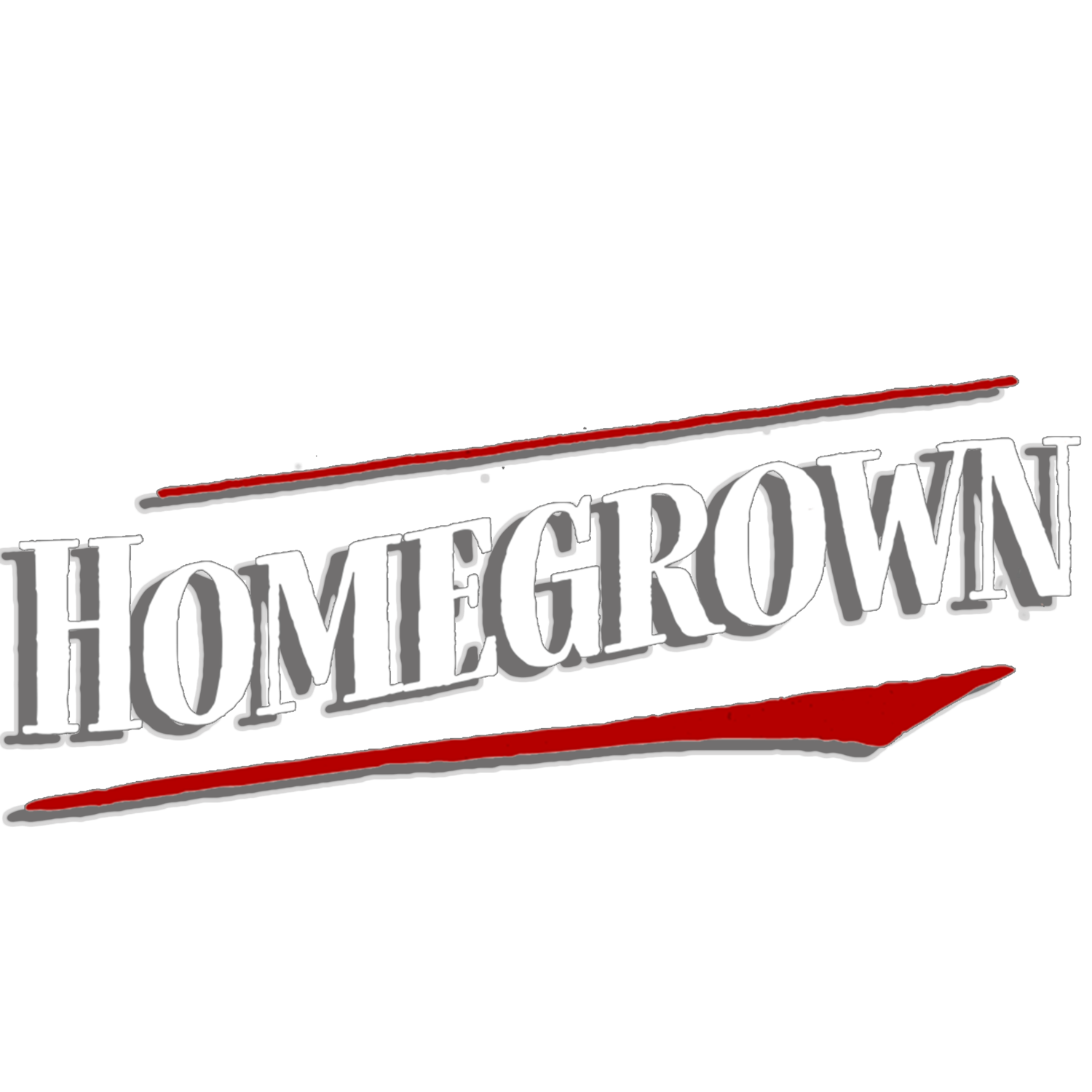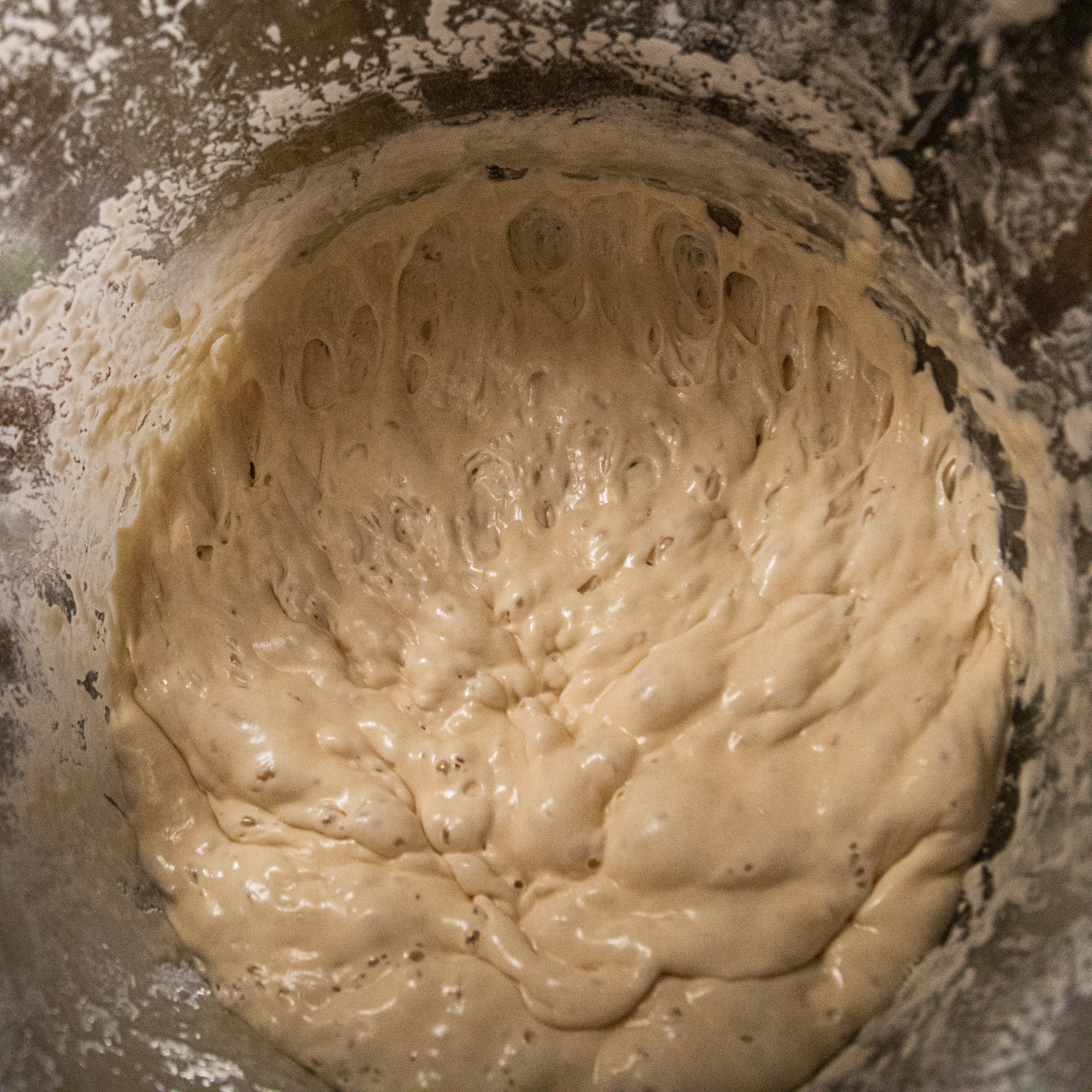Sourdough Starter : Let’s Get you Started!
Thank you so much for ordering our sourdough starter! We’re excited for you to begin your baking journey with it. There's something truly rewarding about nurturing your starter and watching it transform into delicious loaves and other baked goods.
We can’t wait to hear about all you’re able to create!
Happy baking!
Niki
Sourdough is a bread made using naturally occurring wild yeast and lactic acid bacteria, rather than commercial baker's yeast. The starter is a fermented mixture of flour and water that captures these wild yeasts and bacteria from the environment, giving sourdough its distinctive tangy flavor and chewy texture. The fermentation process not only leavens the bread but also contributes to its complex taste and nutritional benefits.
Rehydrating the starter is SUPER easy just follow these steps:
Rehydrate
Feed
Repeat
So, here’s exactly how.
Rehydrating and Maintaining a Dehydrated Sourdough Starter
Ingredients and Equipment:
1. Dehydrated sourdough starter
2. Unchlorinated Water*
3. Flour
4. A clean glass jar with a lid
5. Mixing spoon
* Chlorinated tap water or bottled water will kill the bacteria you’re trying to grow for your starter so be sure to use unchlorinated water.
Rehydration:
1. Take your dehydrated sourdough starter out it’s packet
2. Put the dehydrated starter into a clean jar.
3. Add equal parts (1 tablespoon) of water to the jar.
4. Stir until it's a thick paste.
5. Cover with a loose lid and leave at room temperature for 12-24 hours until you see bubbles and it smells slightly sour.
NOTE:
An active sourdough starter has a bubbly, frothy appearance with lots of small and large bubbles throughout the mixture. It should have risen in volume, often doubling or even tripling in size, and have a slightly domed top that may have begun to flatten or even collapse if it's fully mature. The texture will be thick and airy, similar to a sponge or mousse.
The aroma of an active starter is pleasantly tangy and slightly sour, with a hint of yeastiness—like a mix of fresh bread dough and a hint of vinegar or yogurt. This lively appearance and smell indicate that the wild yeasts and bacteria are thriving, and the starter is ready to be used in your sourdough recipes.
Maintenance:
1. To keep it alive (yes, alive!), feed it with equal parts flour and water (e.g., 1/4 cup of flour and 1/4 cup of water).
2. Do this daily or weekly, depending on your use and if you’ve got too much you can discard. Learn more about discard here.
3. Store your active starter in the fridge when not in use.
That's it! You've rehydrated and can keep your sourdough starter for future baking.
What is sourdough “discard”
Sourdough discard refers to a portion of the sourdough starter that is removed and discarded before feeding the starter with fresh flour and water. During regular feeding cycles, bakers discard a portion of the starter to maintain its health and vigor. This discarded portion is called sourdough discard and can be used for…
The BEST sourdough recipe
The basic dourdough boule is the easiest and simplest form of making sourdough. Once you’ve mastered the boule you can include fancy designs and all sorts of ingredients to spice up your bread. But getting started you’ll need to master the boule
Sourdough eBook
Learn more about sourdough with our new eBook: Mama Niki’s Sameday Sourdough!





